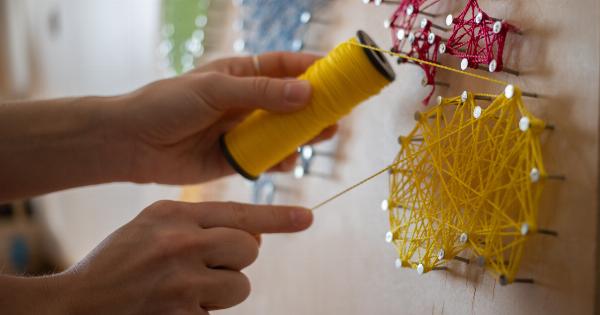Our nails are a reflection of our overall health and wellbeing. Apart from their aesthetic value, they can also indicate certain vitamin deficiencies, fungal infections, and other underlying issues in our bodies.
By paying attention to the symptoms and appearance of our nails, we can potentially prevent and identify serious health problems early on. In this article, we’ll discuss 7 frequent nail symptoms and what they might mean for your health.
1. Yellowing Nails
If your normally clear nails have transitioned into a yellow tint, it could be a sign of a fungal infection. Fungus can thrive in damp environments such as sweaty shoes and socks, and can easily transfer from nails to skin.
You don’t have to be ashamed of it, however. Over-the-counter treatments like anti-fungal nail sprays, creams, and tablets can work wonders in fighting off nail fungus. Visiting a dermatologist is also a good idea if home remedies don’t help.
2. Brittle Nails
Brittle or easily breakable nails may be an indication of dehydration or insufficient vitamin intake. Vitamin deficiencies that cause brittle nails include vitamins A and C, biotin, and iron.
Do your nails lack a healthy sheen and instead look dull or sickly? Try incorporating more vitamin-rich foods in your diet such as carrots, sweet potatoes, oranges, and spinach, to name a few. Increasing your hydration by drinking enough water daily may also prove effective.
3. Clubbed Nails
Clubbed nails refer to nails that curve around the tips of your fingers, taking on the shape of a spoon. They may indicate the presence of lung or heart disease and should be brought to the attention of a medical professional right away.
Don’t hesitate to seek immediate care if you notice any abnormal nail growth.
4. Horizontal Indentations
Horizontal indentations in your nails could indicate an injury to your nail bed, or a sign of psoriasis or another skin condition. If you recall having previously injured your nail, the indentations may be a result of that event.
However, if you see them for the first time, it could be worth checking in with a doctor.
5. White Spots
Contrary to popular belief, white spots on your nails are unlikely to have anything to do with calcium deficiency but can appear due to minor injuries such as bumping your nails against hard surfaces.
They can also signal zinc or iron shortages in the body. Eating iron-rich foods such as red meat or leafy greens, or supplementing your diet with multivitamins might help. If you’re concerned about your lack of zinc, consider eating cashews, spinach, or beans that have high levels of the element.
6. Dark Vertical Lines
Admittedly, dark vertical lines down your fingernails are usually harmless. They may appear as a result of aging or injuries, but can sometimes point to the growth of melanoma, a type of skin cancer.
If the lines become thicker or darker in colour with time, don’t take any chances and get yourself checked by a professional.
7. Pitting & Grooves
If you have small pits or grooves in your nails’ surface, it could indicate the presence of psoriasis or other skin diseases.
When the nails develop depressions, they’re often caused by nail injuries, but if no accidents took place recently, pit formation might be indicative of disease. Seek medical attention if you notice your nails have an unusual surface texture.
Conclusion: Should You Be Worried?
While some of the above symptoms could be harmless, it’s best not to take any chances when it comes to your nails.
If you notice any changes in colour, texture, or shape that can’t be attributed to an injury or lack of hygiene, it’s important you explore the issue and consult with a medical professional if necessary. Your nails can be powerful indicators of your overall health, so don’t let any changes go unnoticed.































